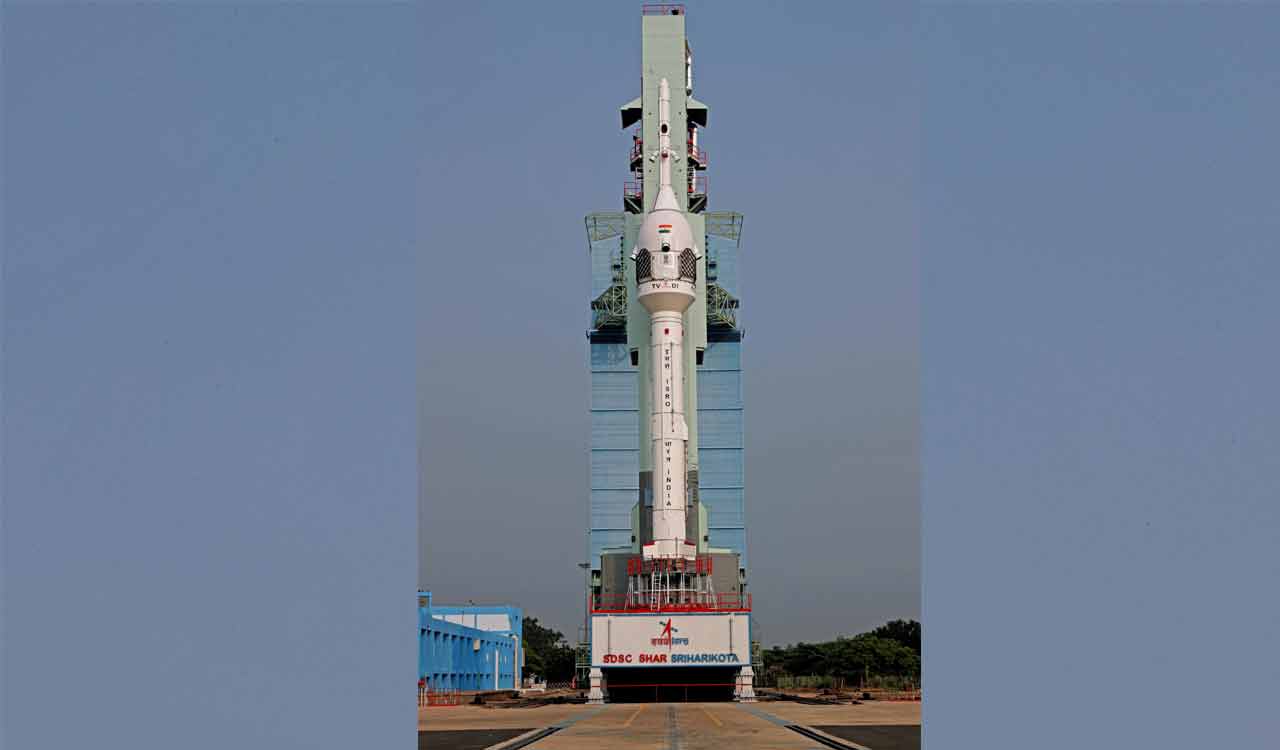The flawless test launch proves the country”s capability of sending astronauts to an orbit of 400 km around Earth
Published Date – 11:45 PM, Tue – 24 October 23

File Photo
The successful test launch of the Gaganyaan crew module is yet another feather in the ISRO’s cap, paving the way for India’s first human spaceflight programme. The purpose of the mission was to demonstrate the efficacy of the crew escape system in the event of a rocket malfunction. The flawless test launch proves the country”s capability of sending astronauts to an orbit of 400 km around Earth for a planned three-day mission, likely in 2025. Sending a manned mission with three astronauts into low-Earth orbit will happen only after the successful completion of all the tests. ISRO needs to demonstrate that the capsule carrying humans could safely return home. If everything goes according to plan, India will become the fourth country in the world to send a human into space after the Soviet Union, the United States and China. The test was conducted to demonstrate whether the crew could safely escape the rocket in case it malfunctioned. The development has given a boost for undertaking other unmanned missions, including sending a robot into space next year. This comes close on the heels of the successful Chandrayaan-3 mission in August when India scripted history by becoming the first country to land near the Moon’s south pole. A few weeks later, ISRO successfully launched Aditya-L1, its first observation mission to the Sun. It will travel 1.5 million km from the Earth — 1% of the Earth-Sun distance — and will reach its intended spot in mid-January.
By joining such areas of scientific research, ISRO is also sending out a signal that it has the technology and maturity — and also the resources and expertise — to contribute to every aspect of planetary science. There are ambitious plans for space, including setting up a space station by 2035 and sending an astronaut to the Moon by 2040. Overcoming initial setbacks in the form of technology denials from the West, ISRO has come a long way in establishing its strength and emerging as a leading space-faring nation. The feat of sending a probe to the dark side of the Moon has put India in a commanding position to take space exploration to the next level and embark on manned missions. Earlier, Chandrayaan-1 had made a path-breaking discovery of water molecules on lunar surface and new rock types with unique chemical composition, a feat duly acknowledged by NASA. The finding has been a great contribution by India to the understanding of the lunar environment. It also gave a major fillip to the country’s indigenous space technology. The Indian space industry’s major advantage is its cost-effectiveness. ISRO has demonstrated its capabilities to be a dominant global player in the commercial satellite launch sector. The successful launch of its heaviest rocket LVM3 in March last, carrying 36 internet satellites of UK-based OneWeb group company, stood testimony to this.





